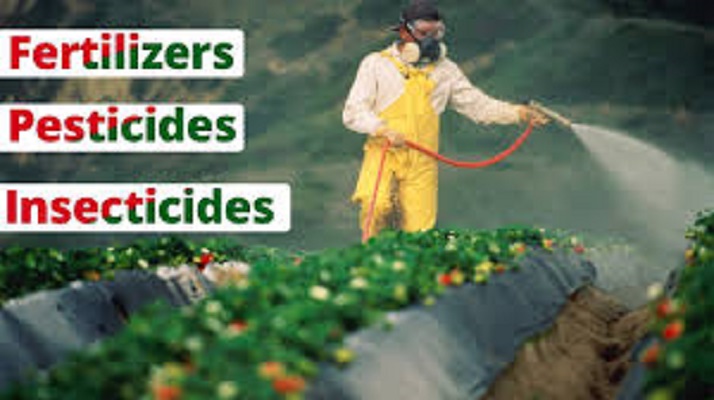
The technique use extracts of juvenile hormone or their synthesized mimics Requirements Control of insects by synthetic growth hormones is also effective in limited situations but is better described as on active area of biological research than a general alternative to pesticide use. Large – scale rearing, radiation strilizing and release programme are now major effects of the US Department of agriculture and are highly effective in restricted situations. For example the autodial (sub destroying) techniques makes use of strilized nales population. Traditional insecticides such as pyrithrium or non persistent chemicals sucha as carbonate sevin are now very widely used and totally new types of pest control are useful in particular cases. The US department of agriculture has campaingned for the safe use of persticieds but from environment point of view no broad spectrum biocide can be used. Many countries have limited or banned the use of DDT and other chlorinated bydro carbons insecticide but this group of chemicals is widely used mainly in the third world countries. Restrictions can mean simply more limited use or total banning or chemicals. Restrictions on use of persticides and the substitution of pests on controlling use of persticides is by far the best method.
INSECTICIDES AND PESTICIDES PROJECT HOW TO
Alternatives In Pest ControlĬontinuing problems arising from the wide spread use of board spectrum insecticide creates a dilemma how best to control pest and at the some time how to remove environmental hazards. People use insecticides indoor to control persts and ants and cockroaches. In urban areas, public health officials use them to fight mosquitos and that insect carry germs. Insecticides:-įarmers use insecticides to protect their crops from insect damage. Rats also carry bacteria that cause such disease as rabies and typhus. Rodenticides are used to control rats and other rodents that destroy stored food.


Fungicides control plant diseases that infect food-crops-wood used for building houses in often breated with fungicieds to prevent dry not. Fungicide:-Ĭertain fungi cause disease and may infect both plants and animals, including human beings. People use herbicieds in their yards to get rid of crab grass, dandelions and other weeds. Farmers use them to reduce weeds in such public areas as parks and ponds. Herbicid eliminate plants threat grow where they are n ot wanted. The four main types of pesticides are(i) Herbicides (ii) Fungicides (iii) Rodenticieds (iv) Insecticides. Pesticodes are classified according to the pests they control. The agricultural use of DDT is now leaned under the stock holm convention, but it is still used in some developing nations. In 1960s it was discovered that DDT was preventing many fish eating birds from reproducing, which was a serious threat to biodiversity. Some sources consider the 1940s and 1950s to have been the start of the “Pesticideera” Pesticide use has increased 50 field since 1950 and 2.3 million tonnes of persticides are now used each year.

In 1940s manufactures began to produce large amounts of synthetic persicides and their use become wide spread. The 19th century saw the introduction of two more natural persticides, pyrethrum, which is derived from chrysanthemums, rotemone which is derived from the roots of tropical vegtables. By the 15th century, toxic chemicals such as arsenic, mercury and led being applied sulphate was extracted from tobacco leaves for use an an insecticide. The first known persicide was elemental sulphur dusting used in ancient summer about 4500 years ago in ancient Mesopotamia. Since before 20BC, humans have utilized pesticides to protect their crops. The term includes substances intended for use as a plant growth regulator, defoliant, desiccant or agent for thining fruit or preventing the premature fall of fruit and substances applied to crops either before or after harvest to protect the commodity from deterioration during storage and transport. Althoufh there are also drawbacks, such as potential to humans and other animals. Pests includes insects, plant pathogens insects, mollusces, birds, mammals, fish nematodes and microbus that destroy property, spread disease or are a vector for disease or cause a nuisance.

A pesticide may be a chemical substance, biological agent antimiolbal disinfectant or device used against any pest. This great feat has been achieved by adopting new methods of forming and by expensive use of fertilizers and insecticides.Ī pesticide is any substance is mixture of substance intended for preventing, destroying repelling or mitigating any pest. In the decade, there has been a tremendous increase in the guilds of various crops to meet the demand of our growing wrold population.


 0 kommentar(er)
0 kommentar(er)
